Charles Quest-Ritson: no chain, no gain — how using a chainsaw will improve your garden
Gardeners can be reluctant to take a blade to a healthy tree, but sometimes a severe pruning will leave both plant and garden in better health.
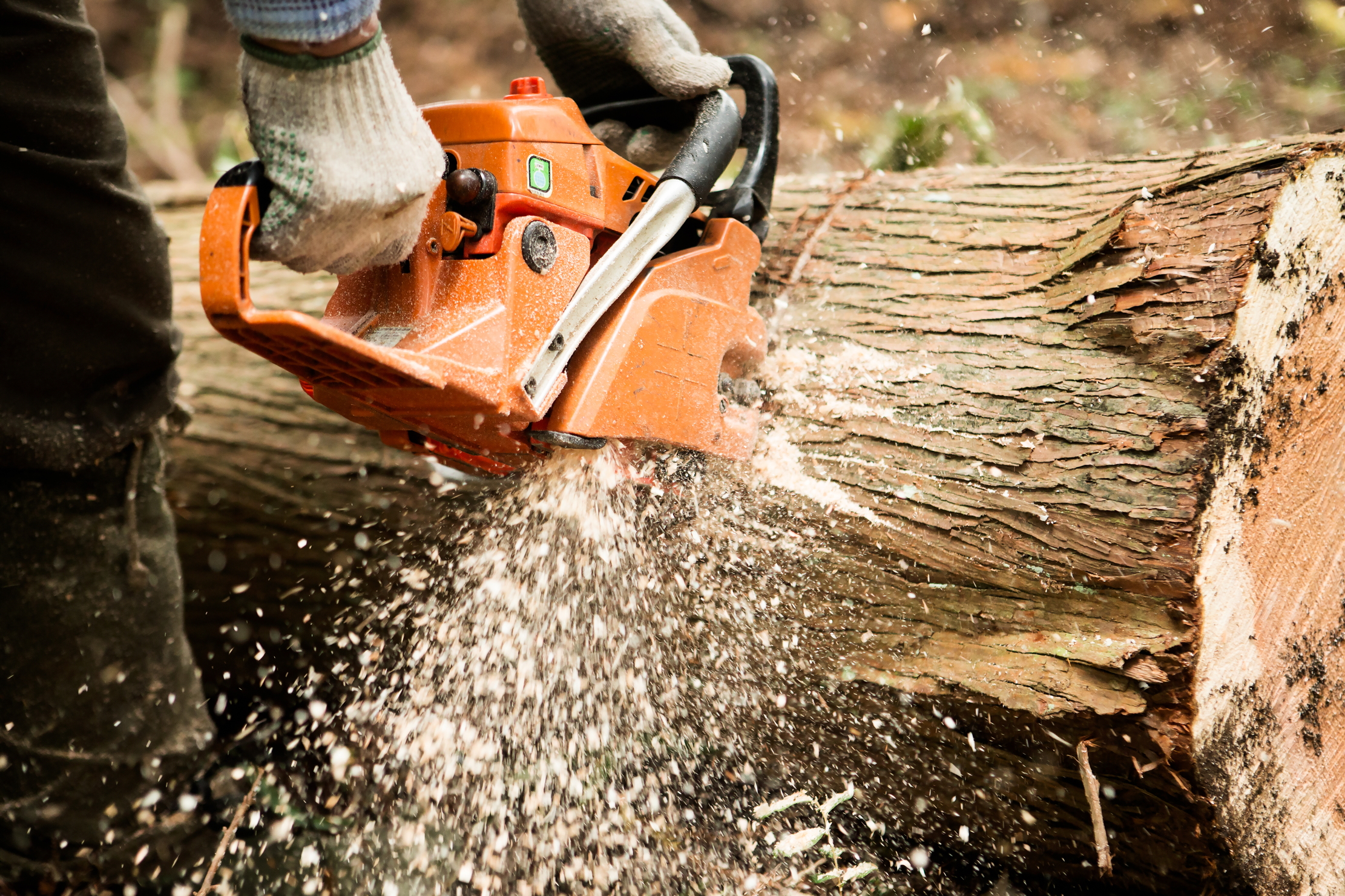
There comes a time in the life of every garden when the most useful tool in the owner’s armoury is a chainsaw. A newly arrived purchaser may take such fright at what he has acquired that the only way to erase the previous owner’s neglect is to clear everything away and start again. Without determined action, famous gardens such as Heligan, Cornwall, and Aberglasney, Wales, would never have been restored. Naturalised Rhododendron ponticum certainly calls for strong and determined action — the phrase that military men recite when they are called upon to kill their enemies — and so, too, do over-enthusiastic suckering shrubs, such as Rhus typhina (with such glorious autumn colour) and Cornus stolonifera (the dogwood with colourful stems in winter).
Mark that word ‘stolonifera’. It means sending out new stems from underground roots, far away from the parent plant, in order to create an ever-expanding thicket. It is one of Nature’s ways of ensuring the survival of the species. When you realise what is happening, a chainsaw should leap into your hands. Cut the invasive shrub back hard, almost to ground level — you can do this at any time of the year — and then dig out the roots.
Digging out is when the hard labour begins, but it is much easier if you have started by chainsawing all the top growth and can see clearly where to push your spade into the soil. Any roots you leave behind will produce new suckers later on, but you will find that they are much more easily dug out. Soon, you will have a root-free patch to plant up with something more worthy of your tastes in gardening.
'The rules of good garden maintenance require us to nurture our trees, cut out disease and ensure that they grow in a balanced shape. Chainsaws are the most effective way of doing this'
Stoloniferous shrubs — snowberries are another example, over-enthusiastic and boring — may have no place in the garden, but they are useful as agricultural windbreaks and as protection for game birds. And there are exceptions. Old roses such as Gallicas will also form thickets, and chainsaw pruning them every two or three years has grown in popularity as away of keeping them young and floriferous.
It’s not only shrubs that are stoloniferous. Many willows, poplars and one of the most stately of trees, the exotic wingnut Pterocarya fraxinifolia, are too. I fell for the latter as a young man, when I saw it growing on the banks of a river in the Caucasus. I came home and planted one that same autumn in my first garden. Forty years later, I went back and chopped off a sucker for what I hope will be my last garden. Felling an established specimen of a suckering tree will show you exactly how extensive are the root systems; new suckers spring up from roots much further away from the trunk than you would ever have supposed possible.
As a new owner, the problem with your new garden may be one of taste. If you are not partial to the dwarf conifers or pink Japanese cherries that your predecessor in title cherished, then a chainsaw will quickly clear the landscape and reveal the lie of the land on which to arrange a more acceptable selection of plants. You may also open up the beauty that lies in the hillsides, woodlands, pastures and valleys, whose shapes have been fashioned by generations of farmers and foresters.
The rules of good garden maintenance require us to nurture our trees, cut out disease and ensure that they grow in a balanced shape. Chainsaws are the most effective way of doing this. They help us to open views into the countryside beyond our garden fence and, if we own a property with historic parkland, they allow us to maintain and develop the landscape in accordance with the original vision of Capability Brown, Humphry Repton and their followers. In thickly wooded terrain, rather than cutting everything down and planting new clumps, these early landscapers fulfilled their vision of loveliness by carving glades out of the forest.
Sign up for the Country Life Newsletter
Exquisite houses, the beauty of Nature, and how to get the most from your life, straight to your inbox.
In your early days of garden-making, chainsaws have an important part to play. But, as your garden matures and grows together, you will find that they are also needed for removing the thicker branches in hedges that hedgetrimmers cannot easily sever and for limbing up trees to let in more light. Eventually, after years of happy gardening, you may reach the agonising stage of having to decide which plants to clear away because you placed them too close together in the first place — which is often the main problem, too, when you first acquire someone else’s garden.
Happy is the man who has a garden with a piece of woodland. The balance between the individual trees is always changing: thinning out or clearing away the weaker ones is a task that never ends. There is great satisfaction in felling a fair-sized tree and slicing it up, limb by limb, into log-sized sections for the drawing-room fire. Gathering fuel is a primeval urge. That pile of logs drying off for next winter’s warmth is the work of a hunter-gatherer.
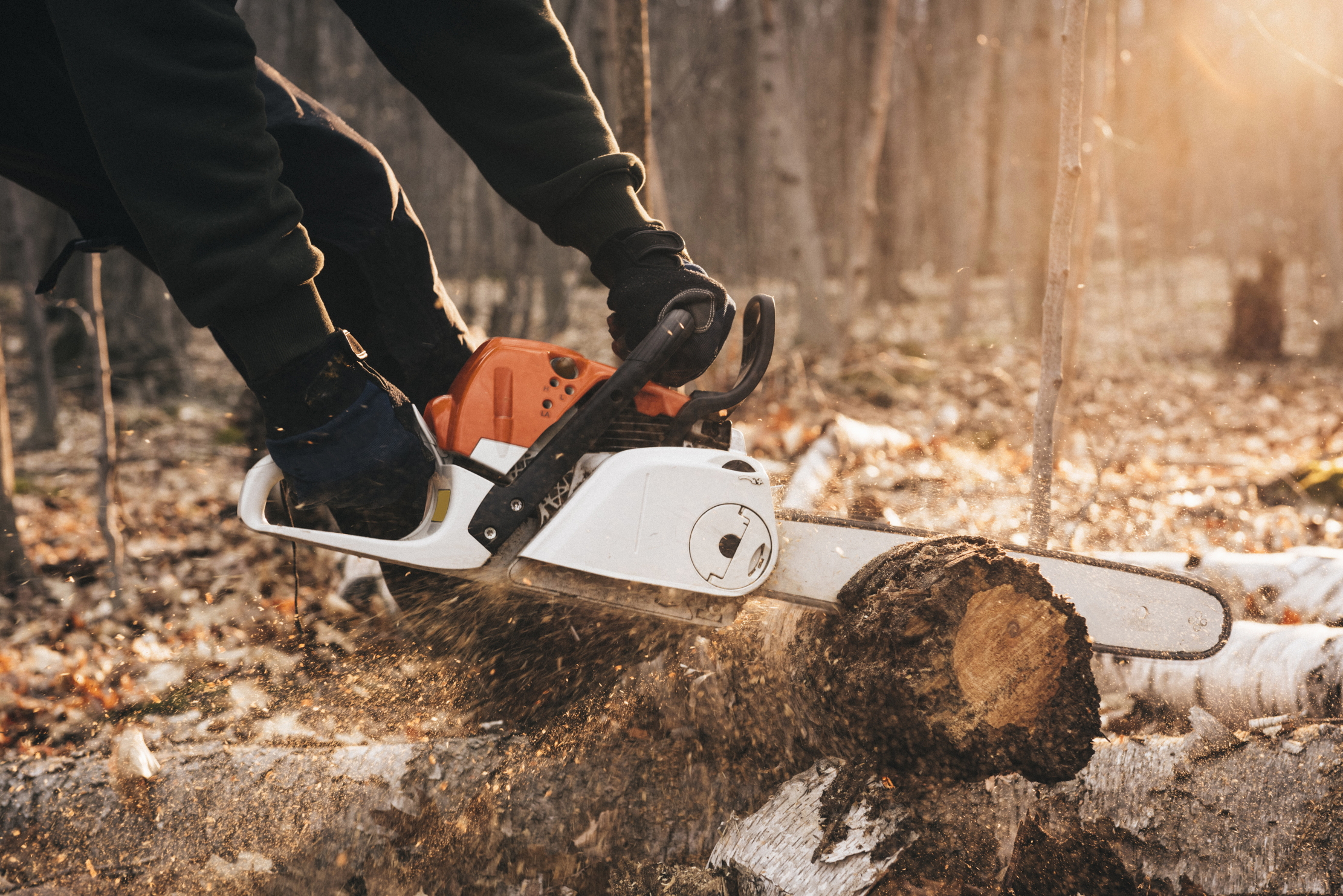
Happy the man? Yes, because chainsaws are boys’ toys and, once you have learned the limitations of your first one, you will want to add to your armoury with a sequence of different sizes. Most people can handle the beginners’ models with 18in blades, but fewer have the muscle to manoeuvre a chainsaw with a 72in blade. A gardener’s ambition will grow in the contemplation of mature ash trees succumbing to dieback, or old pollarded oaks and chestnuts that have finally given up the ghost. Few joys are greater than the triumph of felling an exhausted giant and reducing it to a useful afterlife.
Nevertheless, chainsaws are dangerous toys that can as quickly slice into your leg as through the limb of a tree. Foresters and agricultural colleges offer no end of courses on their proper use. The first few lessons are always dedicated to safety. Everyone stands around, longing to fire up their new machines, as the demonstrator talks on about suitable clothing, how to hold your chainsaw, how to move it, how to avoid breaking the chain. There is much to learn before you can safely be allowed to drive without supervision.
Once you start into action, you need to feel what the saw is telling you. It is all too easy for a tree to trap the blade so that you cannot move it and, even once you have learned to avoid that problem, the hunk may fall where you do not expect it. Then there is much to learn about maintenance. Think back to the earliest days of motoring and the many things that could go wrong with a car. Even the most sophisticated chainsaws today are still at that stage of development.
You don’t have to do all the work yourself. Country boys grow up with a chainsaw in their hands. Clearance work will always be needed in a new garden, but there is little point in learning to do it yourself unless you will be using a chainsaw time and again as the months lead into years ahead. Better to ask a farmer to help you — February and March are the traditional months for this sort of work — and many will be happy to fell and limb and cut and log up, in return for payment in cash or kind.
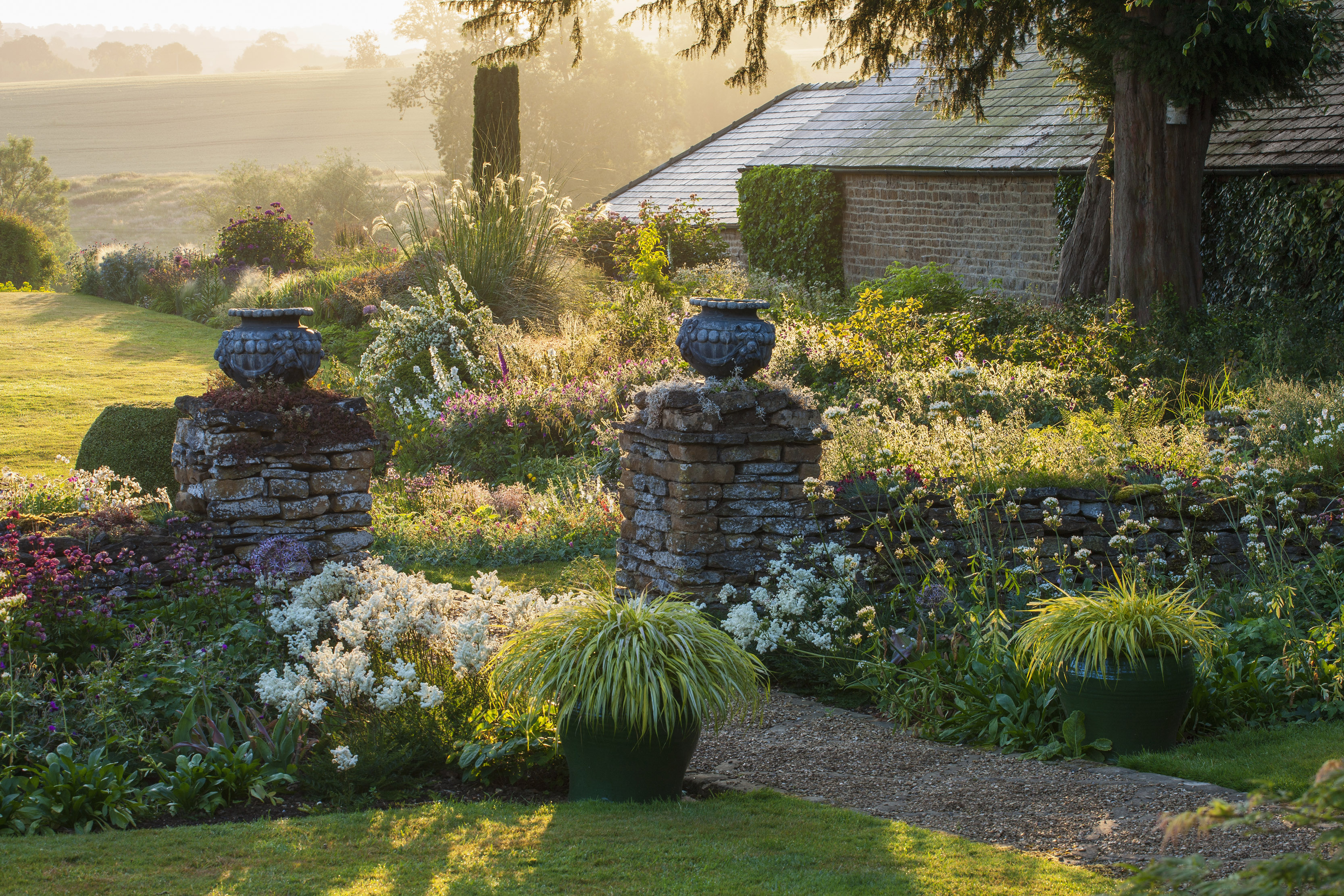
Clive Nichols: Secrets from the king of garden photography
Britain's top garden photographer Clive Nichols joins the Country Life podcast.
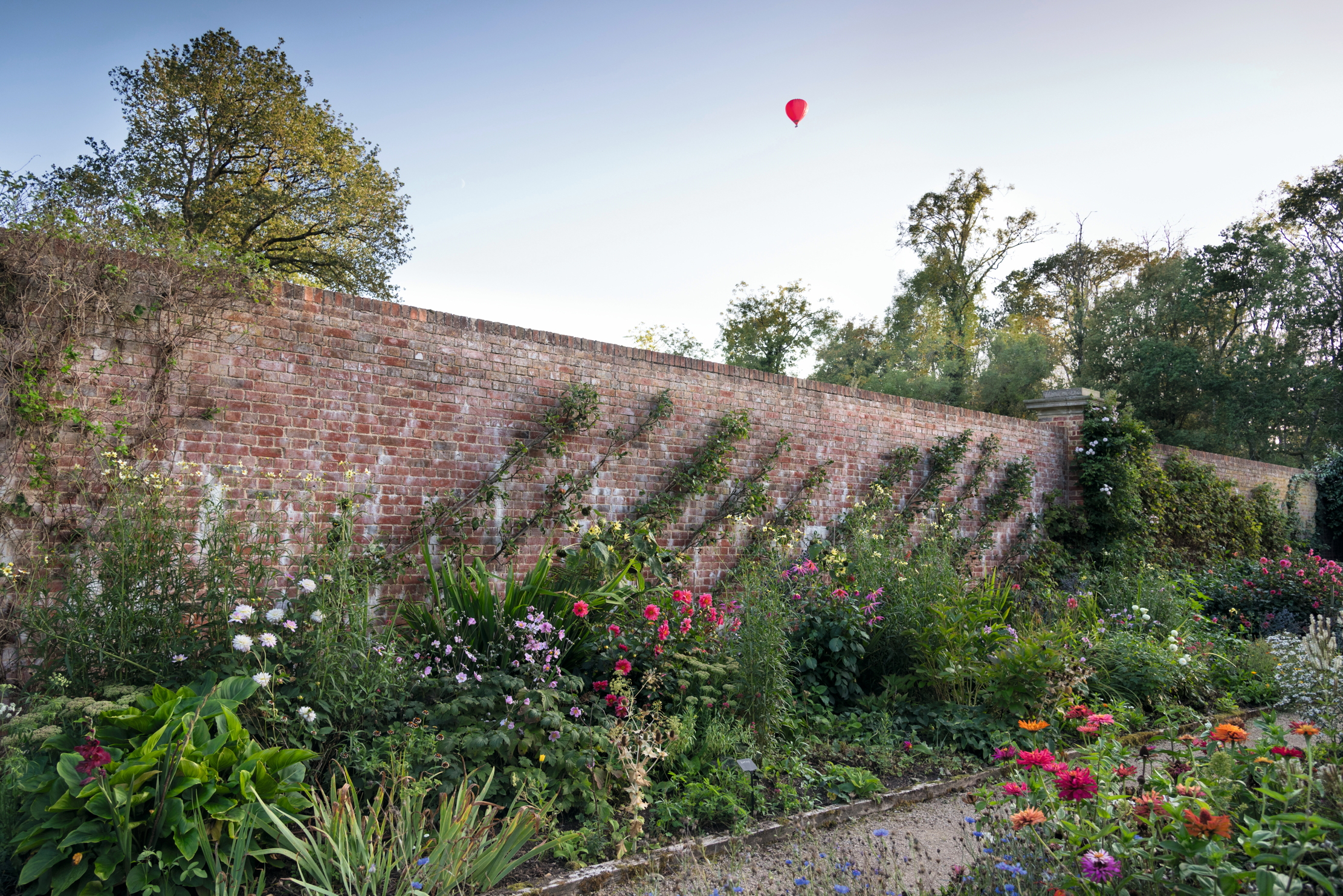
The walled garden at Whithurst Park — and the owners who made it from scratch
Growing your own is one thing, but at Whithurst Park in West Sussex, fruit and vegetables aren't the only thing

Where to see snowdrops: The best places in Britain
The sight of these tiny white flowers peeping through in January or February never fails to cheer us up –
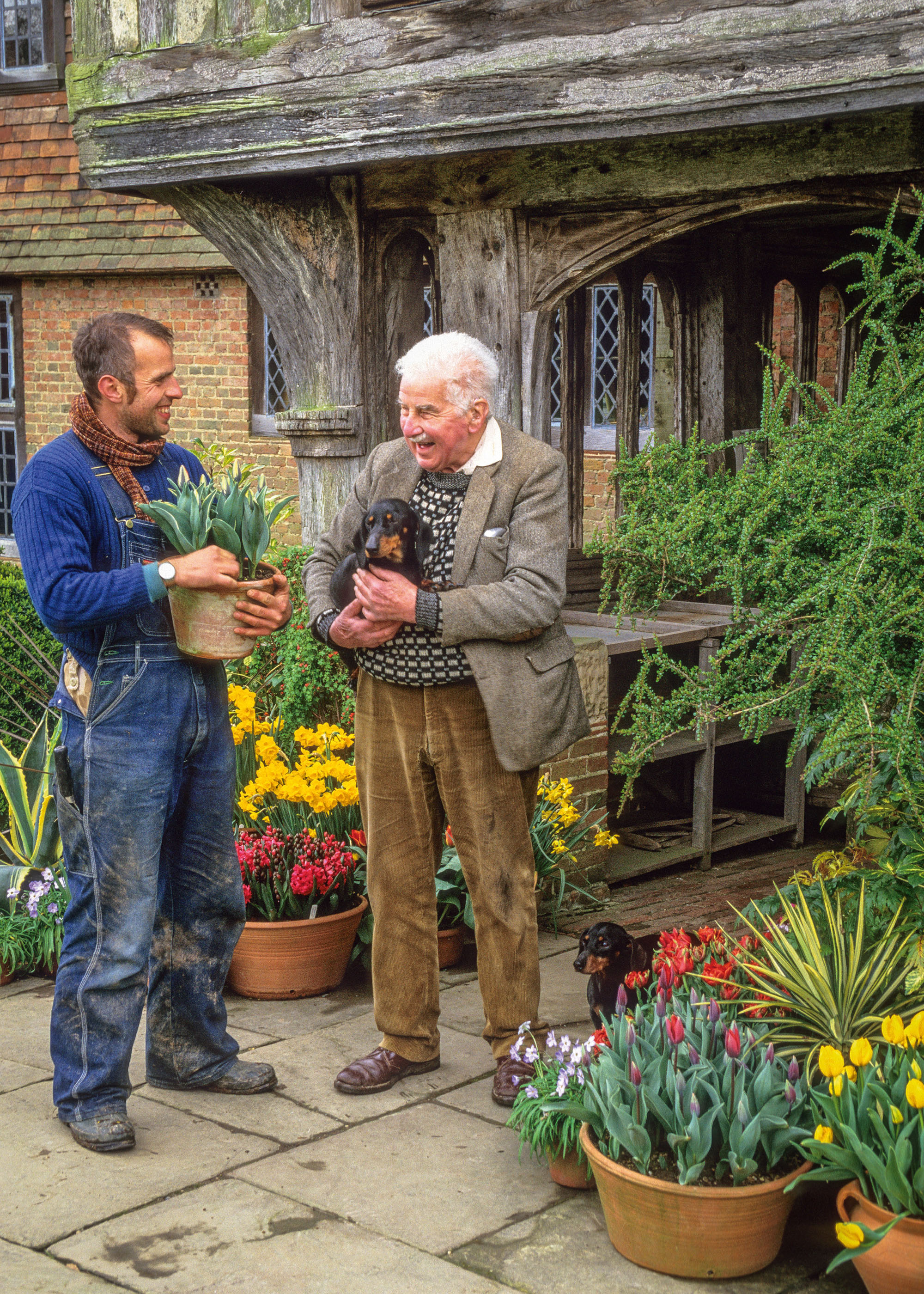
Alan Titchmarsh: The art and craft of the head gardener
There are a healthy number of estates whose gardening staff are a vital part of their continued existence — Alan Titchmarsh
Charles Quest-Ritson is a historian and writer about plants and gardens. His books include The English Garden: A Social History; Gardens of Europe; and Ninfa: The Most Romantic Garden in the World. He is a great enthusiast for roses — he wrote the RHS Encyclopedia of Roses jointly with his wife Brigid and spent five years writing his definitive Climbing Roses of the World (descriptions of 1,6oo varieties!). Food is another passion: he was the first Englishman to qualify as an olive oil taster in accordance with EU norms. He has lectured in five languages and in all six continents except Antarctica, where he missed his chance when his son-on-law was Governor of the Falkland Islands.
-
 'To exist in this world relies on the hands of others': Roger Powell and modern British bookbinding
'To exist in this world relies on the hands of others': Roger Powell and modern British bookbindingAn exhibition on the legendary bookbinder Roger Powell reveals not only his great skill, but serves to reconnect us with the joy, power and importance of real craftsmanship.
By Hussein Kesvani
-
 Spam: The tinned meaty treat that brought a taste of the ‘hot-dog life of Hollywood’ to war-weary Britain
Spam: The tinned meaty treat that brought a taste of the ‘hot-dog life of Hollywood’ to war-weary BritainCourtesy of our ‘special relationship’ with the US, Spam was a culinary phenomenon, says Mary Greene. So much so that in 1944, London’s Simpson’s, renowned for its roast beef, was offering creamed Spam casserole instead.
By Country Life
-
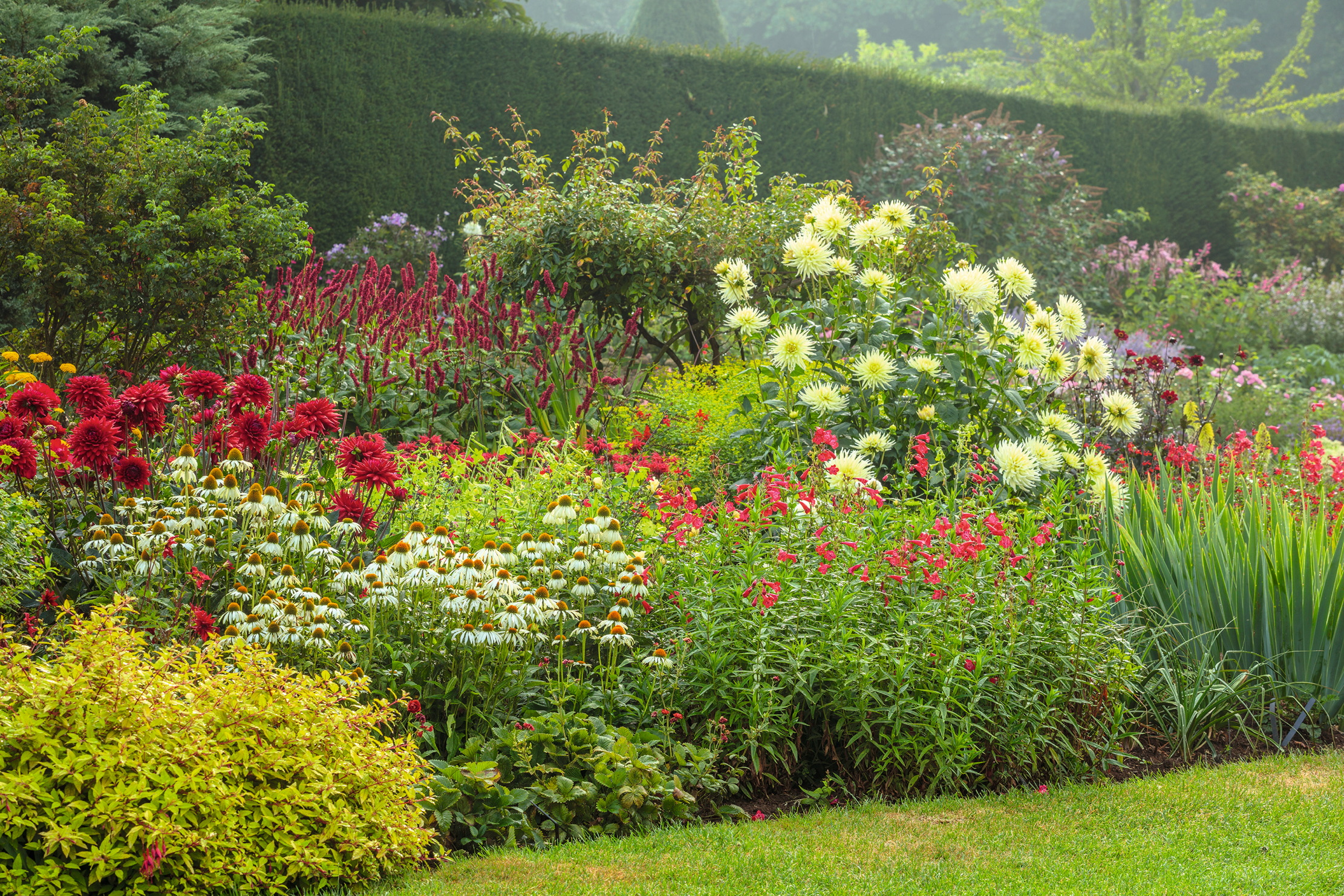 When it comes to designing and making a garden, it's always worth seeking advice
When it comes to designing and making a garden, it's always worth seeking adviceWhat might be difficult for you will come naturally to those with years of horticultural experience — Don't be afraid to ask for help.
By Tiffany Daneff
-
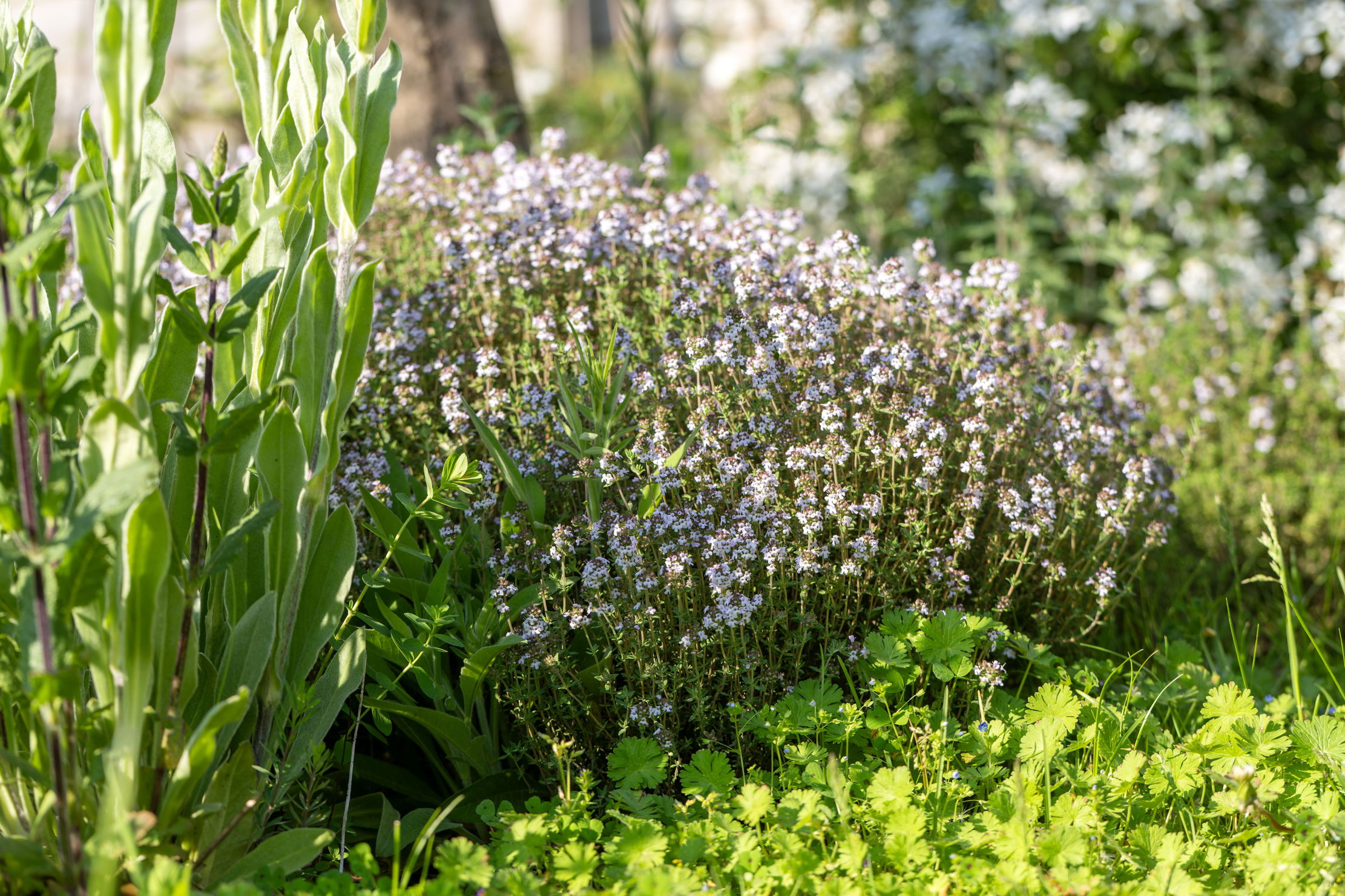 About thyme: the herb that goes with any dish
About thyme: the herb that goes with any dishWith more than 200 different varieties, there's a thyme to suit any gardener's preference
By Mark Diacono
-
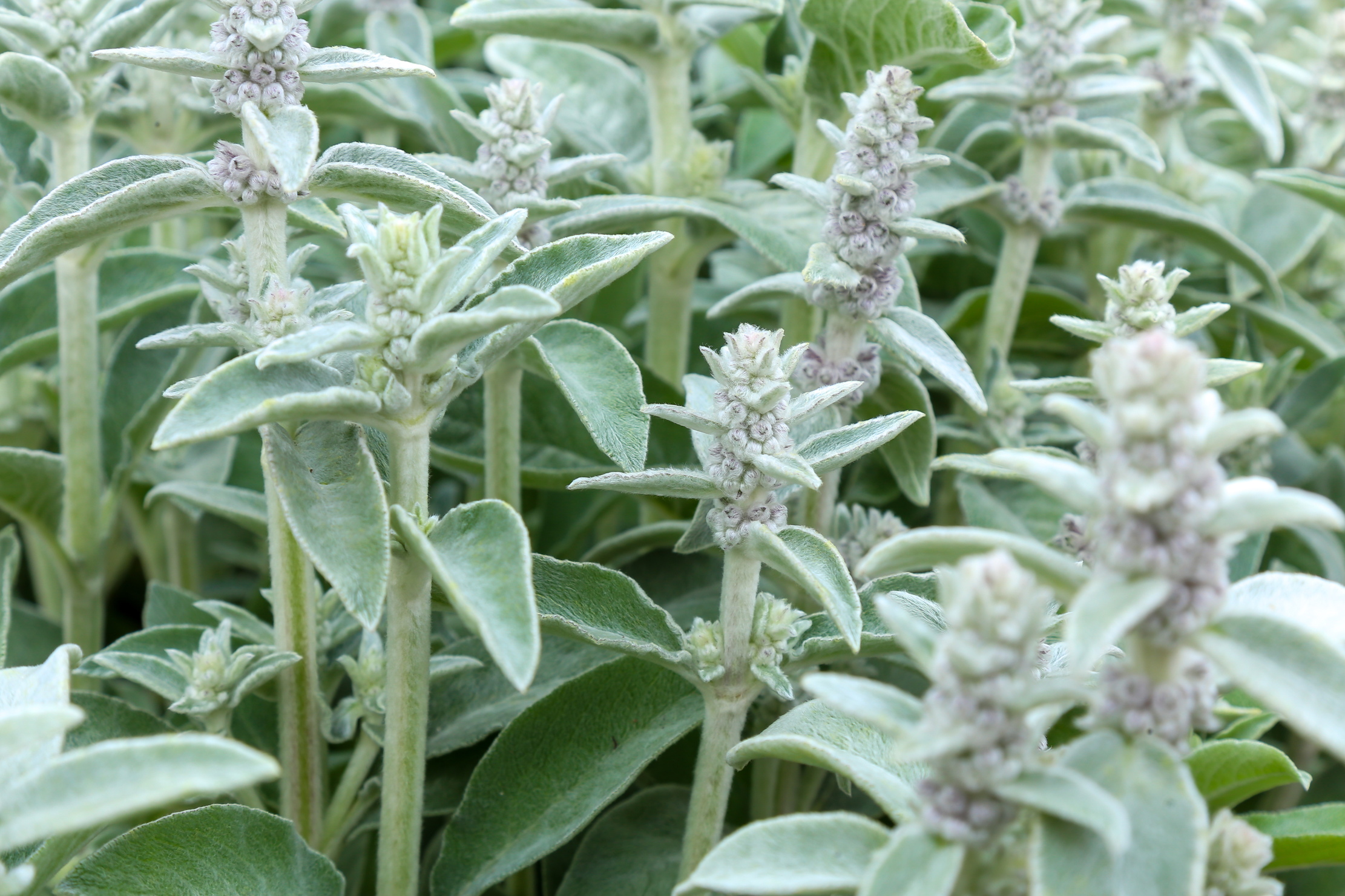 After a long winter, it's time to get out and start preparing for spring
After a long winter, it's time to get out and start preparing for springGardens Editor Tiffany Danneff shares her top suggestions for new plants and seeds this growing season.
By Tiffany Daneff